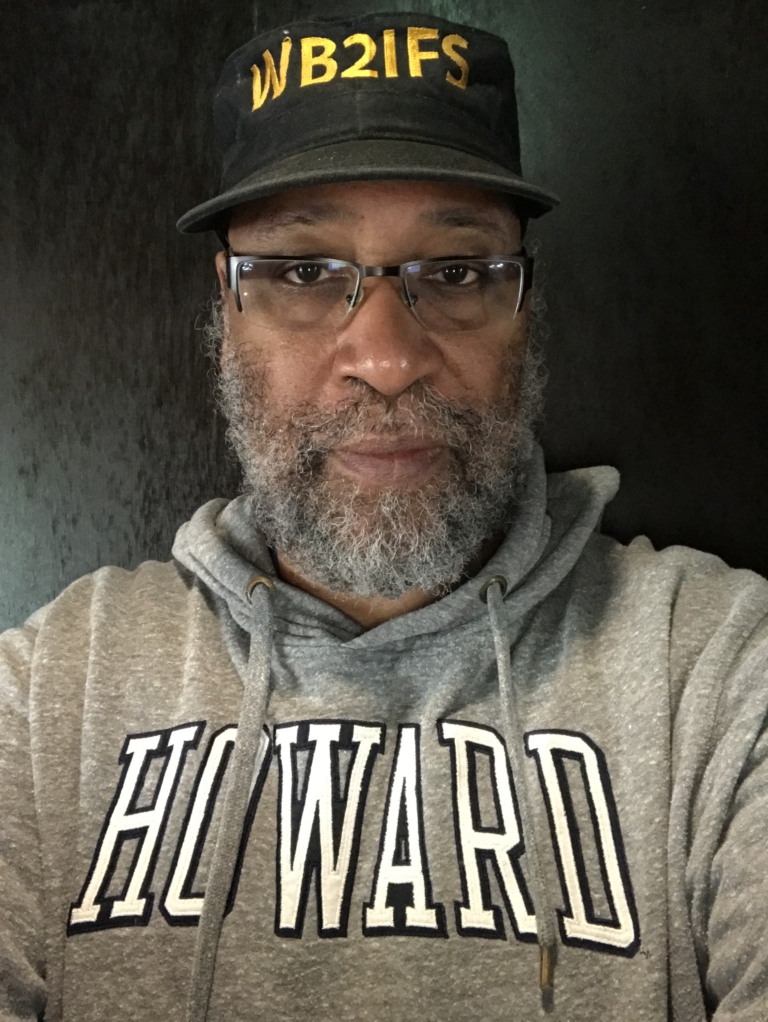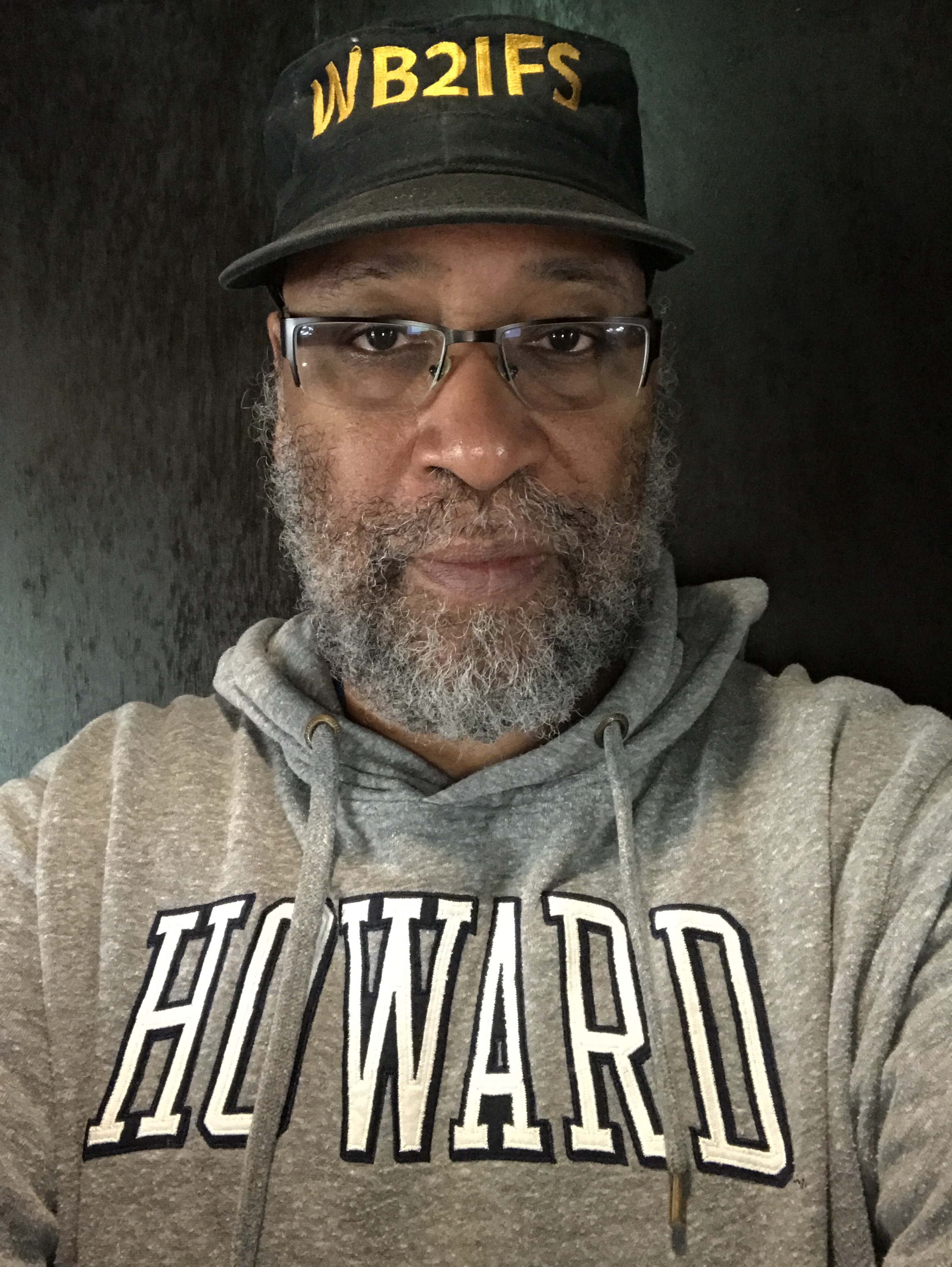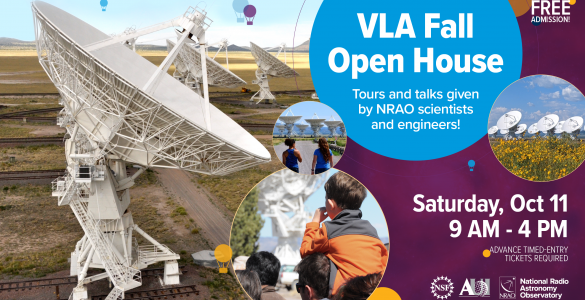Jesse Alexander is the Ham Radio Project Lead on Exploring the Electromagnetic Spectrum (EMS), a two-year project to engage BIPOC and LGBTQIA+ students in learning about the electromagnetic spectrum and the excitement of amateur— also called ham— radio. Following a generous grant from Amateur Radio Digital Communications (ARDC), the National Radio Astronomy Observatory (NRAO) launched its first student-facing training for EMS in January 2023.
When asked how amateur radio relates to radio astronomy, Alexander says there’s overlap between the field and the hobby. “Ham radio is a gateway to radio astronomy. Quite a few people within NRAO are hams and they’ve been helping with this project. Usually, anything involving antennas is going to also attract hams.”
Alexander has been an amateur radio operator for more than 40 years. He has a Bachelors and Masters in Electrical Engineering from Howard University, specializing in microwave systems, and is a senior member of the Institute of Electrical and Electronics Engineers (IEEE). Alexander worked for Bell Labs for 17 years, a highlight of which he says was developing Advanced Mobile Phone Service (AMPS)— the predecessor to our modern cell phone service.
“I have been fascinated by electronics, science, and engineering since I was 8 and I was first licensed as a ham in 1975,” says Alexander, who discovered amateur radio by “being a library geek.” He found a copy of QST magazine— the longest-running amateur radio magazine, produced by the American Radio Relay League (ARRL)—at his local public library in Montclair, NJ, and fell in love. “At first, I started listening to radio signals, then after getting my novice ham license (at 15) I used Morse code (CW) to communicate on the air. We didn’t have cell phones yet so it was really exciting to communicate wirelessly with people far away.”
Alexander’s enthusiasm is contagious. It’s impossible to leave a conversation with him not knowing more about ham radio than when you started. The radio spectrum is a vital natural resource—and Alexander wants to introduce young people, especially underserved young people, to all that it can do.
When asked how he feels about being the Ham Radio Project Lead for EMS, he says, “I had help when I was young, so now I want to help young people.” The program targets young adults aged 18-20—especially BIPOC and LGBTQIA+ youth—which is an underrepresented demographic in amateur radio. But Alexander is optimistic. “My hope is that this project creates a feeder population for mechanics, electricians, engineers, and scientists.”
“This is legacy-building stuff,” he says. “This project is for young people who love to build, hack, and play around with STEM projects. It’s to bring a new cohort of ham operators into the hobby. More experienced hams mentored me and I’m happy to support the next generation. I can’t wait to see all the crazy stuff these young people are going to invent.”
For anyone who is interested in amateur radio and doesn’t quite know where to start, Alexander recommends the ARRL’s guide at arrl.org/what-is-ham-radio.
To learn more about NRAO’s project Exploring the Electromagnetic Spectrum (EMS), visit superknova.org/ham-radio-project.













